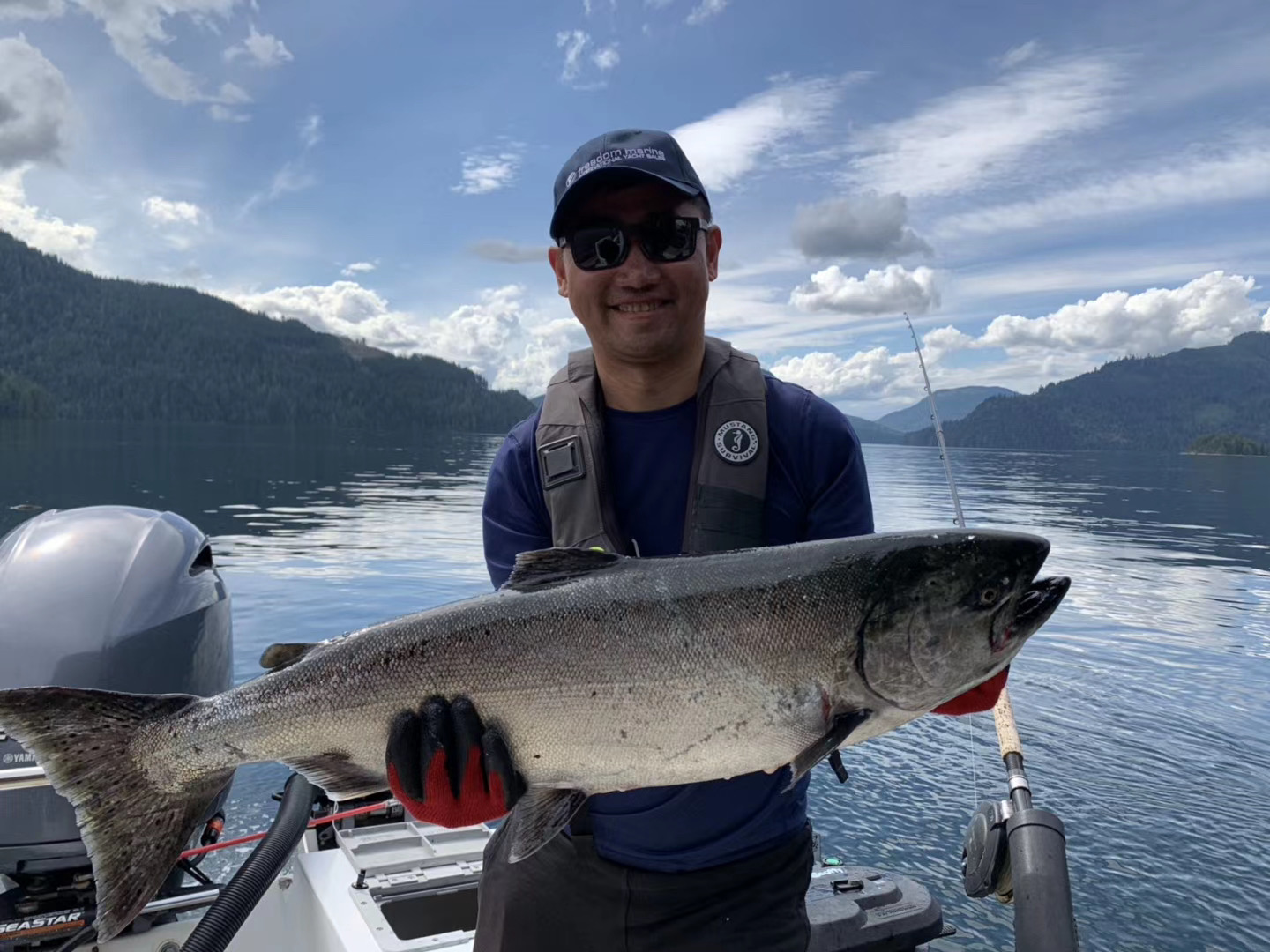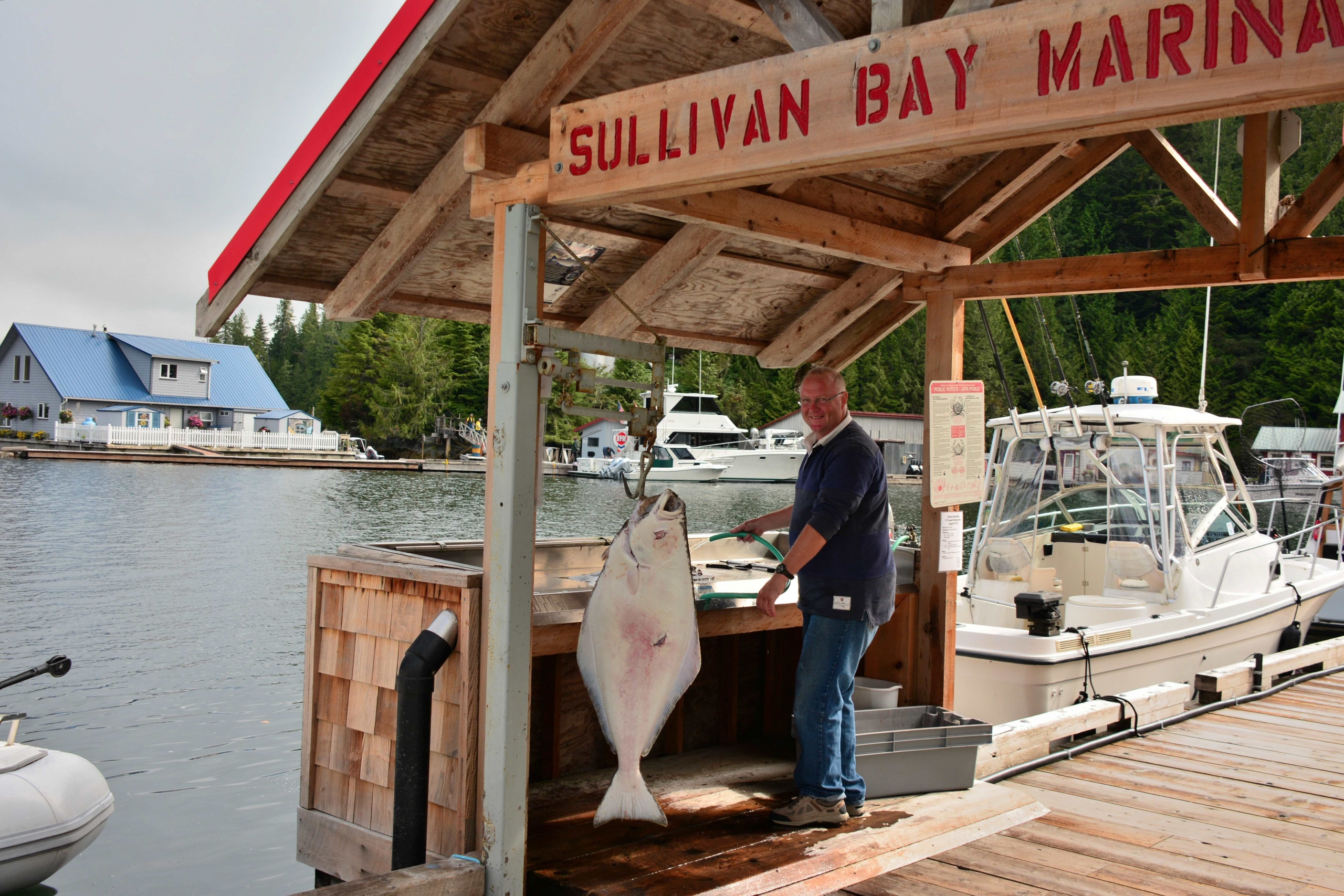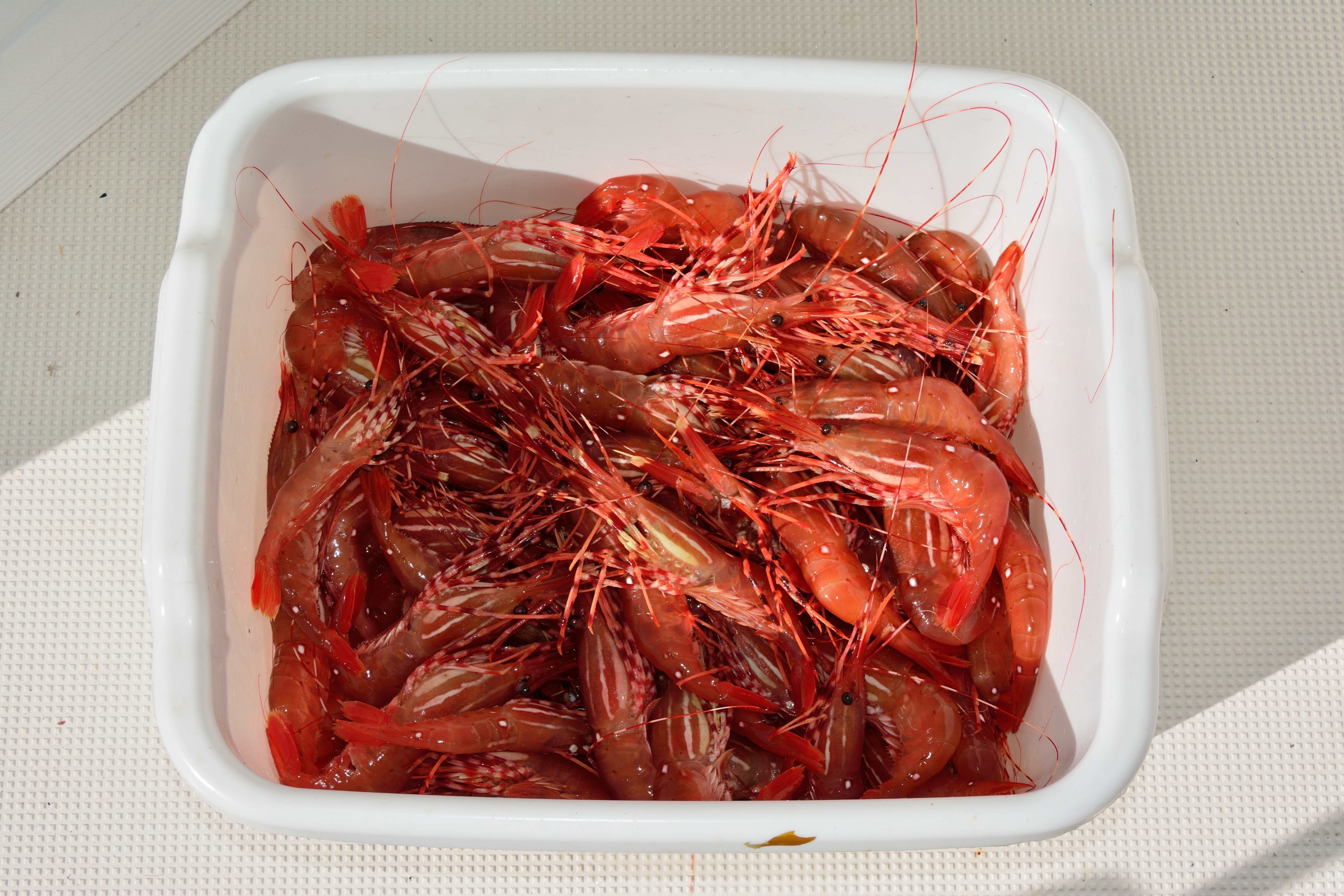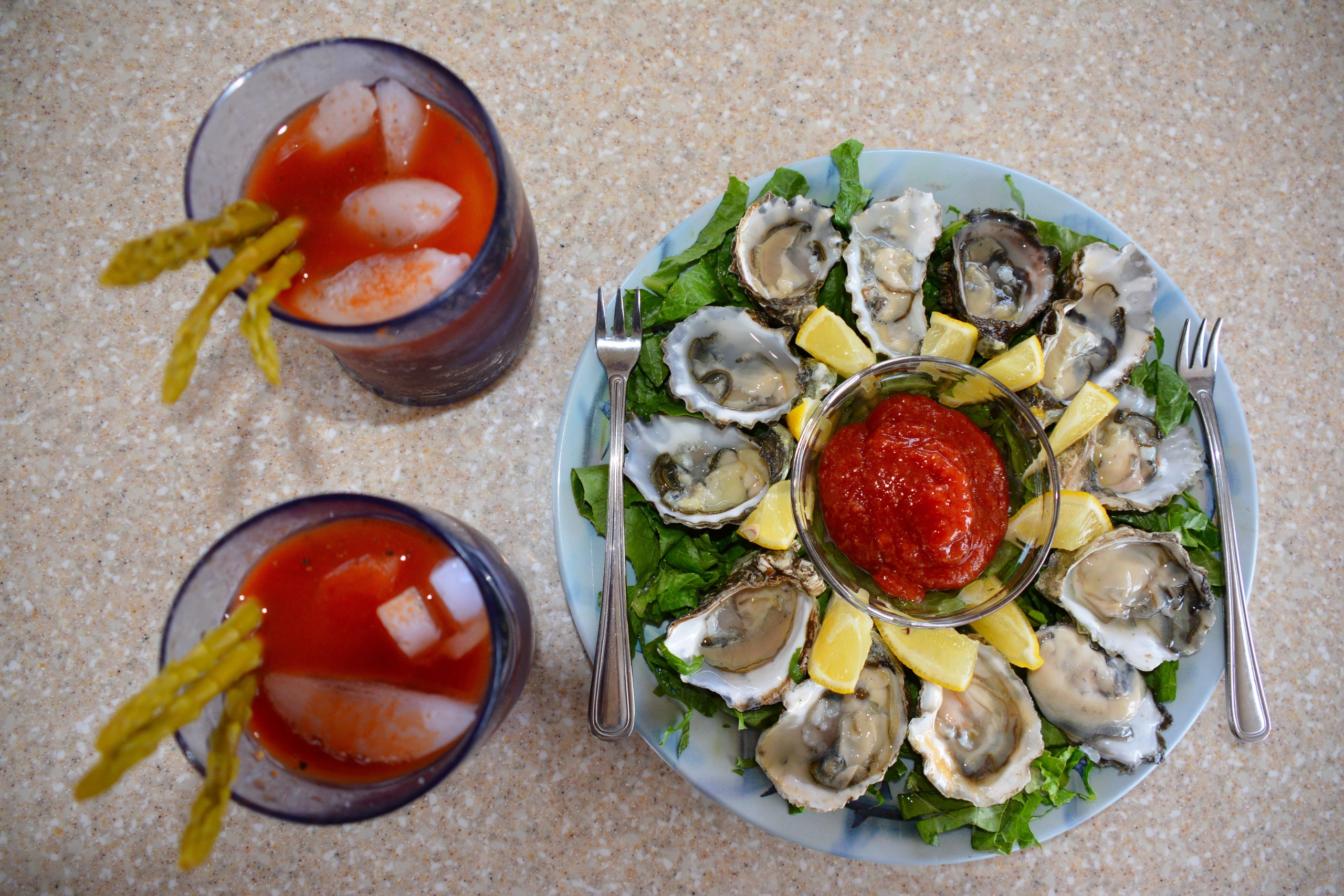Bounty of the Sea – Fresh, Nutritious and Fun to Harvest
27th August 2021
Foraging for their next meal is something many boaters’ relish. They like the challenges and enjoying the delicious bounty. A pot heavy with crab or prawns or a freshly caught fish on the barbeque is a boater’s dream come true. Add to that discovering a beach full of clams, mussels or tasty oysters and the boating life doesn’t get much better. The coast of British Columbia is home to an abundance of seafood that is fun to harvest and tasty to eat.

Regulations for each species are complex, vary from area to area and can change with conditions, so check the Fisheries and Oceans Canada websites before pushing off the dock.

Happy angler with his halibut
Recreational salmon fishing is incredibly popular and the prize for many anglers. The area supports runs of all five species. In addition, lingcod, halibut, and rockfish are also popular fisheries.
In 2002 DFO established Rockfish Conservation Areas (RCAs) throughout the B.C. coast to protect and conserve inshore rockfish. The strategy is designed to alleviate further rockfish population declines. Within RCAs recreational fishing is not allowed.

Morning hull of Dungeness crab
Recreational crabbing means Dungeness and red rock crab. All anyone needs to get started is a baited crab pot and a place to soak it.
Crabbing is permitted year-round with localized closures. It is illegal to retain female Dungeness crabs.
Get your crabbing gear from a marine or fishing tackle store. A knowledgeable employee can explain how to set it up properly. Shop employees are a friendly resource to get you started on your crabbing adventure. Ask nicely enough, they may even reveal the best crabbing spots.

More than 80 species of shrimp inhabit coastal waters. Only seven species though, are regularly captured for consumption by sport harvesters. Spot shrimp (also referred to as spot prawns) are the largest shrimp and most popular with sports anglers. Spots are found primarily on or near the bottom commonly in depths of 150 to 300 feet. They tend to inhabit rocky or hard bottoms.
For more information see previous blog Spot Prawns for additional information.

Nothing is quite like finding dinner while strolling along the beach. Manila clams, butter clams, native littlenecks, mussels, and Pacific oysters – all but the mussels and oysters require a little digging, but that’s half the fun.

Many boaters consider oysters to be a delicacy but may not know they are also highly nutritious: rich in proteins, vitamins, and minerals.
Mussels are found in dense mats attached by fine threads to rocks, pilings, or other hard surfaces, and they have oblong, blue-back, or brown shells. Of the two species, the Foolish mussel is the most used for the table. It grows to a length of about three inches and is found mainly in sheltered waters attached to gravel, boulders, floats, and pilings. Mussels are detached, byssus or “beard” removed, scrubbed clean, and the then steamed or cooked like clams.
Clams, mussels, and oysters are also susceptible to toxins: as filter feeders, they concentrate the elements and compounds that are passed through each step of the food chain. Because of this, it’s important to pay attention to beach closures to avoid harvesting contaminated shellfish. Check the Bivalve shellfish contamination closures website for beach closures.
(Deane Hislop in partnership with Freedom Marine)


